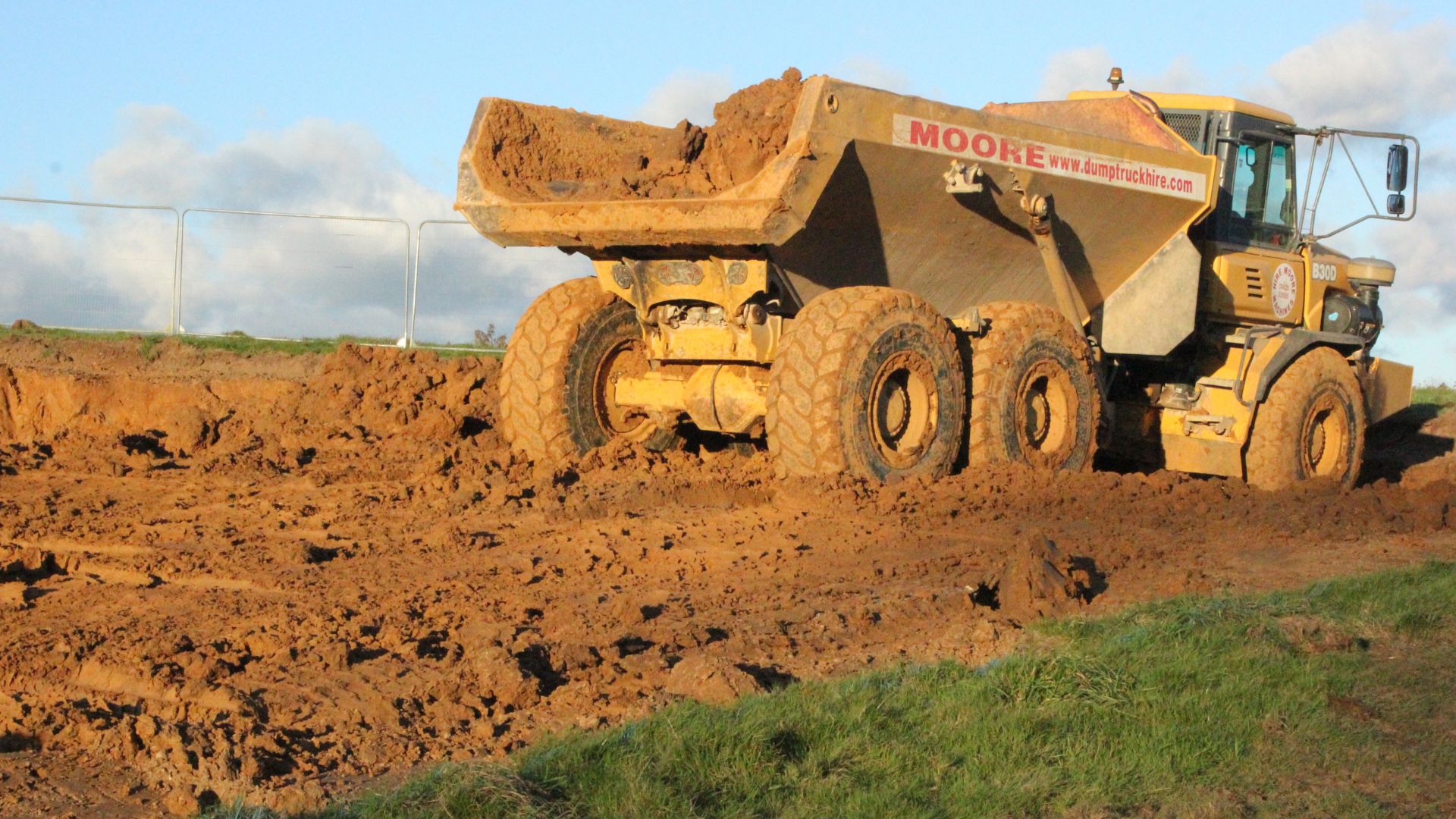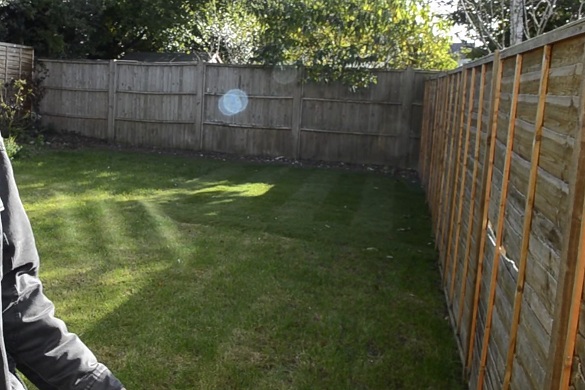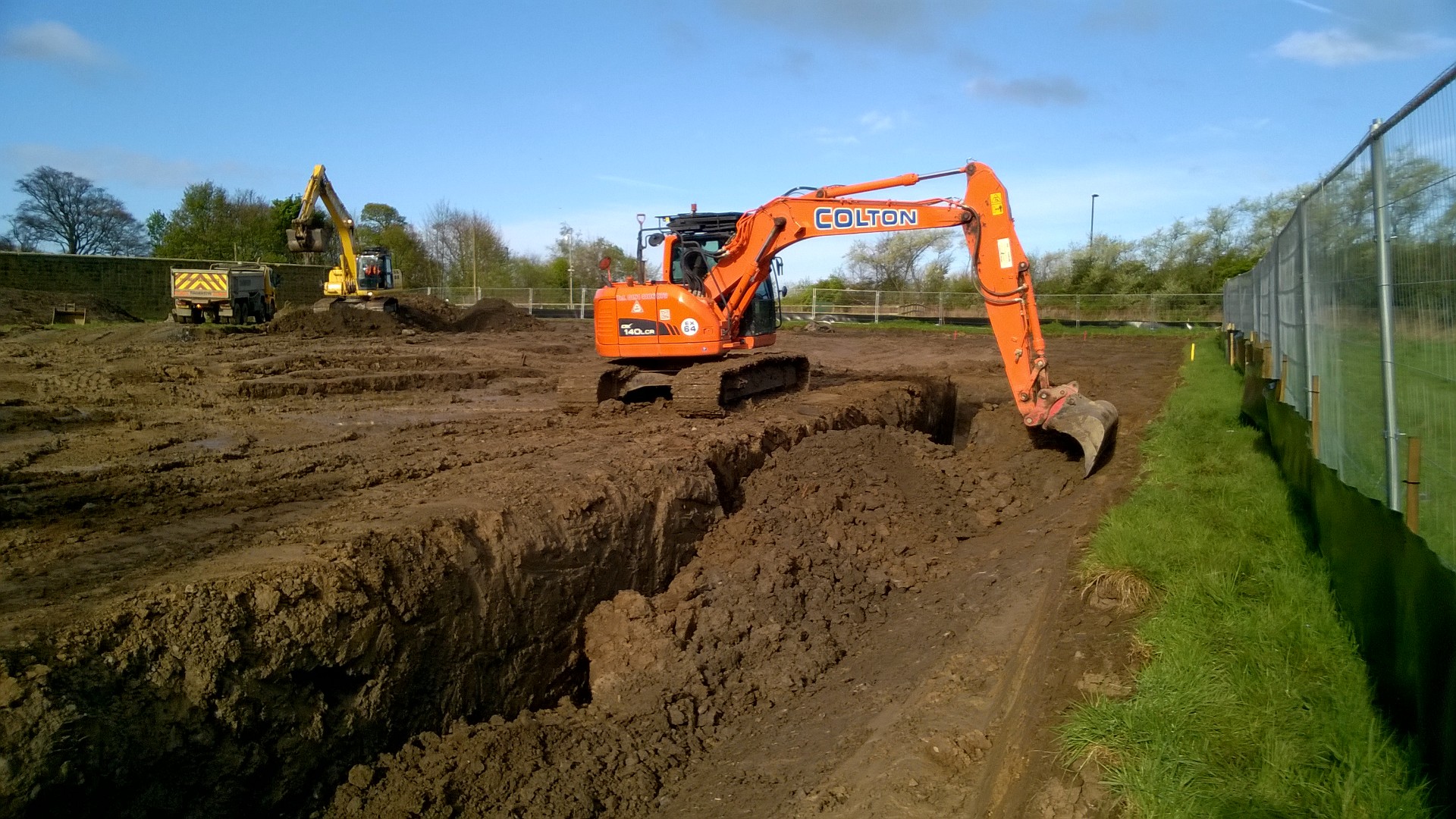Japanese knotweed removal – your questions answered
Discovering you have a knotweed infestation can be a bit of a nightmare, and the first thing on most people’s minds, whether they are a homeowner, business owner or work for a local authority responsible for controlling knotweed is… how to remove Japanese knotweed?
We’re here to answer that question and more.
In the 23 years we have been removing knotweed, the main concerns have been these:
- How will knotweed be removed?
- Will all knotweed be removed?
- How long will it take?
- How much does it cost?
- How will my site/land/property be left?
So let’s briefly provide the answers to these questions first, before diving deeper into some case studies, and for more information you can always get in touch and speak to the team.
1. How will knotweed be removed?
Japanese knotweed grows via a system of underground rhizomes (roots) which means all plant parts above and below ground will need to be removed. Therefore excavation will be required for a complete solution. The ground will be excavated to approximately 1.5 metres in most cases to ensure that all knotweed material is removed, however depending on which method of excavation we recommend to be used this may be deeper. All contaminated soils and knotweed material will be carted away offsite to a licensed landfill.
2. Will all knotweed be removed?
Yes, our teams are highly trained to ensure that all parts of the plant will be removed from the ground and disposed of to a landfill that is licensed to receive this type of noxious waste. This must be undertaken by a company that holds a Waste Carriers License. On development sites we will record all areas of removed knotweed for future records.

3. How long will it take?
This depends on various factors such as the size and extent of the knotweed sites (stands), the site itself, factors relating to access, any environmental considerations required and sometimes, the weather. No excavation work will start before a full site survey has been completed, the works quoted for and a site meeting has taken place with the property owner or project manager. This stage can take anywhere from 2-4 weeks (depending on all party’s availability, and then the works are required to be planned in. Once works start the project factors and method of excavation will determine how long it will take to extract the knotweed, some large projects will take months to complete, but the customer or commercial client will always be informed of progress.

4. How much does it cost?
Again this will depend on the scope of the project, method of excavation and determining factors, for instance Vacuum excavation (above) can cost a little more but is the best option for sites with underground infrastructure or environmental considerations such as trees or endangered species. So this question can only be answered after a survey has been completed and a report and quotation supplied.
5. How will my site/land/property be left?
After all of the contaminated soils have been carted away, your site will be left clean and fit for its intended purpose. On residential properties (such as the picture above that shows the finished works) we use a smaller excavator to reduce the impact on the garden. If necessary we will fill the excavated area with topsoil and lay turf so the affected garden area(s) is restored. On commercial sites it depends on the planned usage, for instance if the site is due for development we will ensure the ground is leveled and ready for construction.
Japanese knotweed removal solutions
Japanese knotweed knows no boundaries. It will grow wherever it is allowed to, and cause issues for many different industries. Here’s how our removal and disposal services can help you:
How to remove Japanese knotweed removal from construction sites?
When knotweed is found on a construction site the project has to be immediately put on hold until the infestation has been removed. We understand that this puts pressure on timescales and finances, so we do everything possible to make the eradication process run swiftly and smoothly so your project can get back on track.
Read how we helped a large construction operation in Wembley to clear a site of Japanese knotweed that also had protected species:
How to remove Japanese knotweed removal from residential properties?
It must be every homeowner’s nightmare to not only suspect, but then to have it confirmed through a survey that knotweed has infested your property. This puts restrictions on the homeowner as any planned gardening works need to be put on the back burner, and should they be thinking of selling up, the added worry of receiving a reduced property valuation is a real concern. However, this can be turned around by having a Knotweed Management Plan put in place that will satisfy most lenders. But first the knotweed needs to be either removed completely or controlled.
Read how we helped a homeowner to eradicate Japanese knotweed from their property:

How to remove Japanese knotweed removal from managed property sites?
We work with a lot of Local authorities, housing associations and property management agents to help them maintain the properties under their management by ensuring the right plan is put in place to control Japanese knotweed. This is essential for ensuring amenity and public areas are kept to the best standards expected from their residents and as part of their weed management strategy.
Read how we helped a Local Authority to control Japanese knotweed and other invasive plants on their sites:
How to remove Japanese knotweed removal from commercial sites?
Whether you’re a business owner or commercial landowner, knotweed found on your property or land needs to be removed. failure to address a knotweed issue will have many repercussions whether the land is planned for development or not. There are issues with encroachment to consider as well, for instance if your business is located adjacent to residential areas knotweed on your land will spread onto theirs, and that can become a legal issue best avoided. For complete peace of mind a survey will tell you whether knotweed (or any other contaminant) is present.
Read how we helped a commercial landowner clear the site of Japanese knotweed and asbestos that was also found in the soils:
How to remove Japanese knotweed removal on development sites?
All sites planned for development will require a survey, and none more so than sites for new house builds. The important consideration with these sites is the land will eventually be purchased by homeowners who do not want to inherit knotweed due to a failure to have it removed prior to the build phase. Having a pre-purchase or pre-planning survey is highly recommended to avoid costly issues further down the line and even after site handover.
Read how we helped a large UK house builder clear the development site of Japanese knotweed:
Summing up
It’s clear that for lots of different reasons Japanese knotweed needs to be removed and disposed of safely and within legislative rules. Failure to complete the job effectively will result in future issues, and that’s where we can help. We hope this blog has answered most of your questions on Japanese knotweed removal but if you have a question please do get in touch to speak to one of the excavation team, or book a survey.









